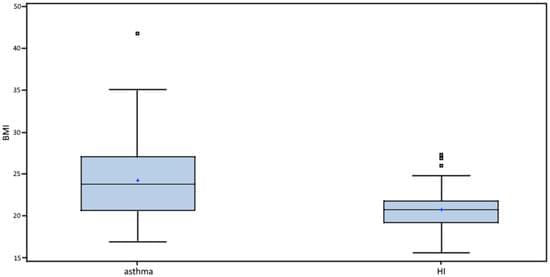Scientists have developed a specially engineered biochip that uses electricity to heal wounds up to three times faster than normal.
It’s well known that electric fields can guide the movements of skin cells, nudging them towards the site of an injury for instance. In fact, the human body generates an electric field that does this naturally. So researchers from the University of Freiburg in Germany set out to amplify the effect.
While it might not heal severe injuries with the speed of a Marvel superhero, it could radically reduce the time it takes for small tears and lacerations to recover.








